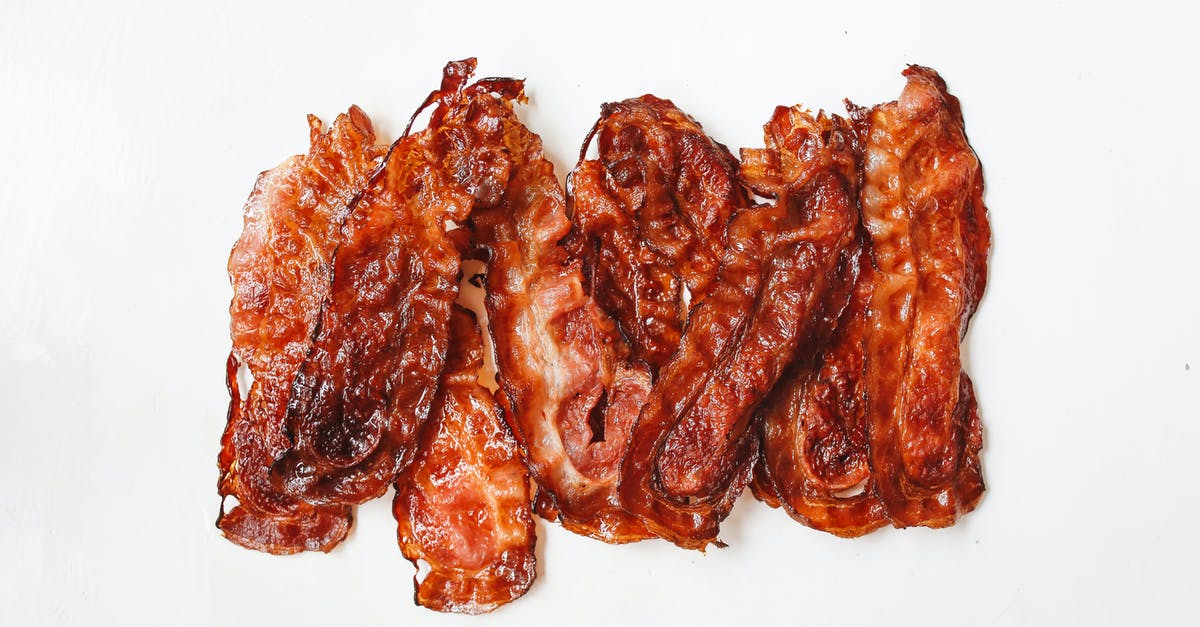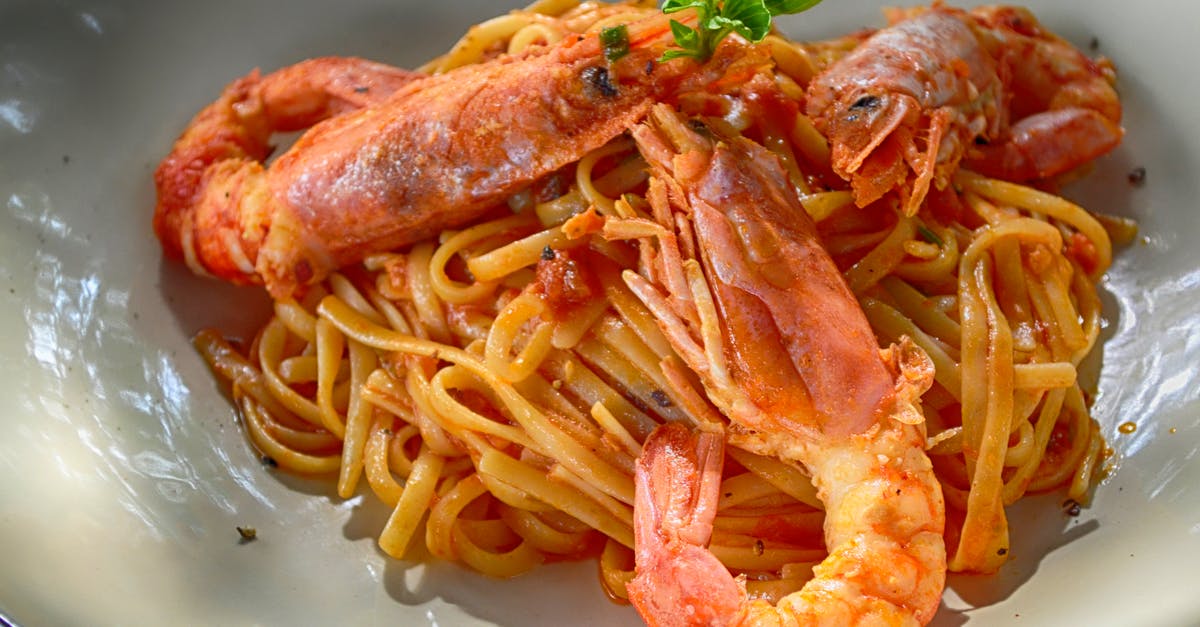How reliable is determining cooking oil temperature with a thermometer?

Sometimes I dip my meat thermometer in the hot cooking oil and I wonder if the reading is accurate since I do not use a lot of oil so the metal rod is always making contact with the bottom of the pan.
Is this a reliable method? If not, what are the alternatives?
Best Answer
Given the description, I read the question as concerning "pan frying" in very little oil, rather than deep frying.
If the layer of oil truly is so thin that you can't reliably put the thermometer in without touching the bottom of the pan, you're probably not going to get an accurate reading regardless of whether you're using a probe thermometer or a candy/oil thermometer that can be mounted on a pan. All of those require a minimum depth to work well. Touching the bottom of the pan may or may not create a significant error in such a case: a thin layer of oil is likely to be close to the pan surface temperature, but you could also hit a "hot spot" on the pan or affect the thermometer's response through direct metal-to-metal heat conduction. The other problem is that pans often heat much more unevenly than we realize, and with only a shallow layer of oil, some parts of the pan may be significantly hotter than others. Mounting a deep-frying thermometer on the side of the pan in that case may be even more inaccurate for sensing how hot the middle of the pan is than awkwardly using your probe thermometer.
Personally, in a case like this, I might consider using an infrared thermometer instead. It's usually easier to move it around the pan a bit so you can get instant readings to sense the overall temperature of the pan/oil.
Short of that, with shallow oil, you may be better off using various visual cues in the oil to estimate temperature -- as the temperature rises, the viscosity often lessens. (It gets noticeably thinner and will flow around the pan more quickly.) Then at some point it will begin to "shimmer" (with little waves appearing within the oil), usually a sign you've hit an appropriate temperature for frying. If you go much beyond this, eventually you'll get too hot and hit the smoke point, which will be obvious from the evaporation and, well, smoke. These cues are less precise than a thermometer obviously, but they are generally enough to estimate when the oil has reached an appropriate cooking temperature if you're familiar with them and the behavior of that specific oil.
Regardless of what method or thermometer you use, what matters in most applications is learning the relative measurements that will cook the way you like. In some ways it doesn't matter whether your thermometer says "380F" and the oil is actually 350F, as long as you know when you hit "reading X" for that pan that it's a good time to put the food in to produce good results. From my experience with shallow frying, getting familiar with the pan's conductivity and heat retention, as well as the specific burner setting on the stove, are often more important than knowing "I drop my food in when the thermometer says exactly X." Trial-and-error will help.
For deep frying applications, maintaining a consistent oil temperature (and using a thermometer) is more important, since you can't correct the temperature as quickly if something goes wrong -- e.g., browning too fast, or not cooking quickly enough. But with only a thin layer of oil for pan frying, it's usually easy to make an adjustment to the burner as food is cooking.
Pictures about "How reliable is determining cooking oil temperature with a thermometer?"



Can thermometer measure oil temperature?
However, many digital instant-read meat thermometers are designed to be used in various cooking temperatures, including very high heat, such as with hot cooking oil. So yes, they can indeed be used during deep frying to ensure the proper cooking temperatures.How do you check the temperature of cooking oil?
Top 9 Best Deep Fry Thermometers Reviews of 2022- Best Overall \u2013 Etekcity Infrared Thermometer 774. ...
- Runner Up \u2013 Bayou Classic Stainless Steel Thermometer. ...
- Best Temperature Range \u2013 KT THERMO Deep Fry Thermometer. ...
- Best Value \u2013 Polder THM-515 Deep Fry Thermometer.
What type of thermometer is best for oil?
So here's a simple technique to help determine when frying oil is at its optimum temperature. Drop a 1" cube of bread into the hot oil and time how long it takes to turn golden brown. If the bread toasts in 50\u201360 seconds, the oil is between 350\xb0 and 365\xb0\u2014this is the ideal range for most frying jobs.More answers regarding how reliable is determining cooking oil temperature with a thermometer?
Answer 2
Firstly, for the best results, use a thermometer designed for the task. If the probe is designed so that it takes a reading from the tip, resting it on the bottom of the pan will yield an inaccurate result. Most oil/candy thermometers are designed to be submerged and take a reading above the surface of the pan and in the liquid, so that you get a more accurate result. There are all sorts of thermometers, but note that some temperature probes have a dimple on them, somewhere above the tip, which indicates one end of the sensing device. Even, in that any case the tip of the thermometer should not rest on the surface of the pan. Best case, you want the temperature taken someplace in the middle of the oil, occasionally giving the oil a stir as it heats to get the best results.
Sources: Stack Exchange - This article follows the attribution requirements of Stack Exchange and is licensed under CC BY-SA 3.0.
Images: Pixabay, Mike B, Polina Tankilevitch, Dana Tentis
